09:03, 05/09/2023
Water flows away without returning, ancient trees of hundreds of years, even thousands of years, will eventually fall and rot. Only rocks are durable. Durable because according to geologists, the lithological cycle or the cycle of rocks lasts up to billions of years, several billion years.
But stone is not only durable over time. Stone also carries the echoes of ancient history. These are the sounds that people create from stone, put into stone. That is what I want to mention the lithophones of which the people of the Central Highlands are the owners. The first lithophone (stone instrument) in the Central Highlands was discovered by ethnologist Georges Condominas in the village of Ndut Lieng Krak in Lak district, Dak Lak province today.
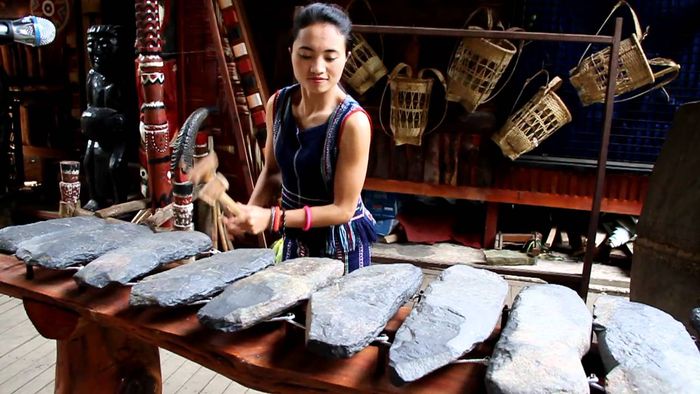 |
| Lithophone is a familiar musical instrument of the Central Highlands people. Photo: Internet |
The story goes that in February 1949, the indigenous people who opened the road picked up strange stone bars, and when they tapped them, they heard a mesmerizing sound. There were 11 stone bars in total, with different weights and sizes; the longest bar was 101.7 cm, weighing 11.21 kg, the shortest bar was 65.5 cm, weighing 5.82 kg. Upon hearing the news, G. Codominas went to the place and asked for their permission to collect them and send them to the Museum of Man (Musée de L'Homme) in Paris (France). He, like the M'nong people at that time, could not have imagined that they had unearthed one of the oldest musical instruments of mankind: the lithophone, approximately 3,000 years old!
The Ndut Lieng Krak lithophone has shocked the world of ethnology, archaeology, and musicology because it is hard to imagine that thousands of years ago, its owners could carve such a “stubborn” material as stone, carving it to create sounds that would last for thousands of years. For comparison, the wooden percussion instrument in Europe (also known as xylophone) called the xilophon only dates back to the 14th century, which means it was 2,500 years after the lithophone.
Nearly three quarters of a century since its discovery, the Ndut Lieng Krak lithophone continues to fascinate researchers. From any perspective, people agree that the Ndut Lieng Krak lithophone is an ancient musical instrument, a musical instrument of prehistoric people, ranked among the oldest in the world . With its beautiful scale, the pentatonic type with semitones typical of the Central Highlands has made many researchers praise it. French music professor A. Schaeffner wrote a complete work on the Ndut Lieng Krak lithophone called “An important archaeological discovery”, in which he wrote: “This lithophone has sounds calculated with an astonishing precision. The sensitivity of the stone slabs is very high, just a light touch of the finger makes them vibrate. The beautiful timbre evokes a delicate echo”. Dutch musicologist Jaap Kunst believes that there is no other musical instrument as special as the Ndut Lieng Krak lithophone. And a former Soviet musicologist, in an article titled “Ancient Vietnamese stone instruments”, commented: “This lithophone is unlike any stone instrument known to archaeological analysis… The field of musical instrument research has obtained a valuable document that allows us to reach an era that musicologists have not studied until now”.
Since then, after the Ndut Lieng Krak lithophone, people have discovered many more sets of lithophones in the Central Highlands and a few other places. There are more than 20 sets in total, including more than 200 stone bars made by humans. The largest lithophone was discovered in Lam Dong province 20 years ago, in 2003.
The Ndut Lieng Krak lithophone was discovered first, but that does not mean that Vietnam is the only country that owns stone musical instruments. In fact, in the fields of archaeology and musicology, researchers have the term “Lithophone” to refer to stone objects that are chiseled by humans to produce the desired sound. This is a compound word between “litho” (stone) and “phone” (sound) in Greek. Mentioning this, we can see that, in any language, all things meet at the name. The M'nong people do not know “Lithophone” but they also have a similar way of calling the Ndut Lieng Krak lithophone, which is “goong lu”, meaning “stone with a sound like a gong”, “stone gong”. And the greatest value of the Ndut Lieng Krak lithophone is that it is the first complete stone musical instrument to be discovered, opening a wide door for researchers to continue digging into ancient history, imagining the appearance of humans several thousand years ago.
Professor of Music Tran Van Khe once praised the lithophone, saying that the sound of the lithophone “expresses the mind just like a human being”. And, he also said that, along with the Dong Son bronze drum, the Ndut Lieng Krak lithophone are two cultural treasures of Vietnam that are “world-class”.
In recent years, the research and introduction of the Vietnamese lithophone system seems to have slowed down. Except for specialized researchers, the introduction for tourists to learn and enjoy, for example, is only at the provincial museum level.
I believe that no matter how valuable ancient capital is, it cannot be properly appreciated and respected without being promoted to viewers and listeners. It is not “water that wears away stone” but indifference that can “wear away” precious gems. Therefore, somehow, let the echoes of the Central Highlands lithophones resonate far and wide, do not let the wild, passionate echoes from the ancient history become sad sounds in the rooms filled with light but lacking human presence in museums and storage places.
Pham Xuan Hung
Source



![[Photo] More than 124,000 candidates in Hanoi complete procedures for the 2025 High School Graduation Exam](https://vphoto.vietnam.vn/thumb/1200x675/vietnam/resource/IMAGE/2025/6/25/fa62985b10464d6a943b58699098ae3f)
![[Photo] First training session in preparation for the parade to celebrate the 80th anniversary of National Day, September 2nd](https://vphoto.vietnam.vn/thumb/1200x675/vietnam/resource/IMAGE/2025/6/25/ebf0364280904c019e24ade59fb08b18)

![[Photo] General Secretary To Lam works with the Standing Committee of Quang Binh and Quang Tri Provincial Party Committees](https://vphoto.vietnam.vn/thumb/1200x675/vietnam/resource/IMAGE/2025/6/25/6acdc70e139d44beaef4133fefbe2c7f)














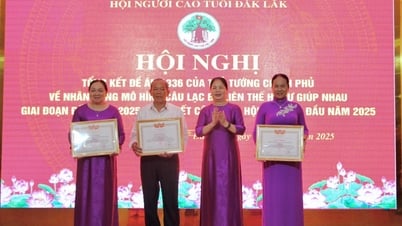









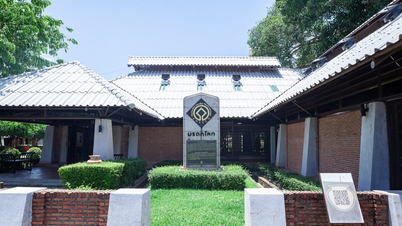
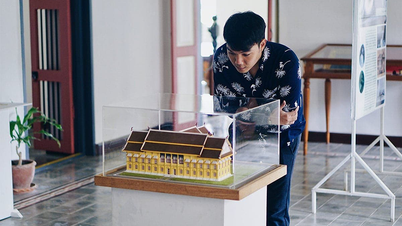













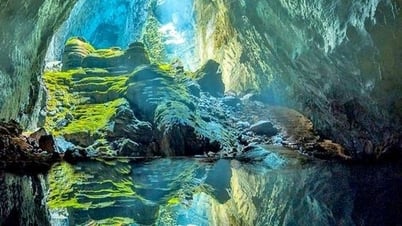




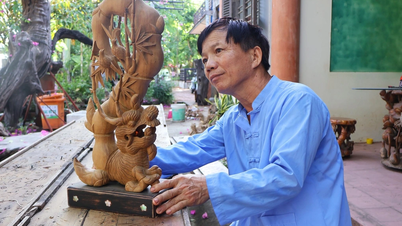



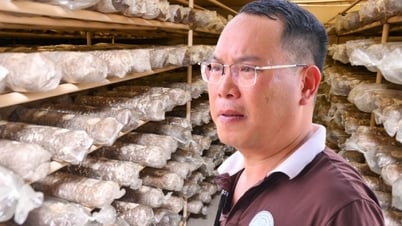













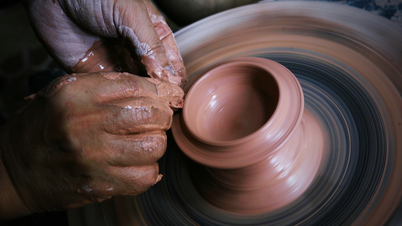











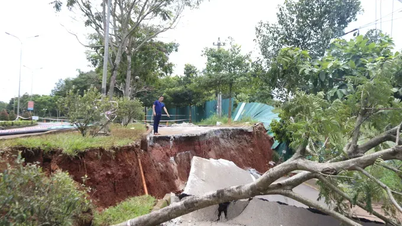

















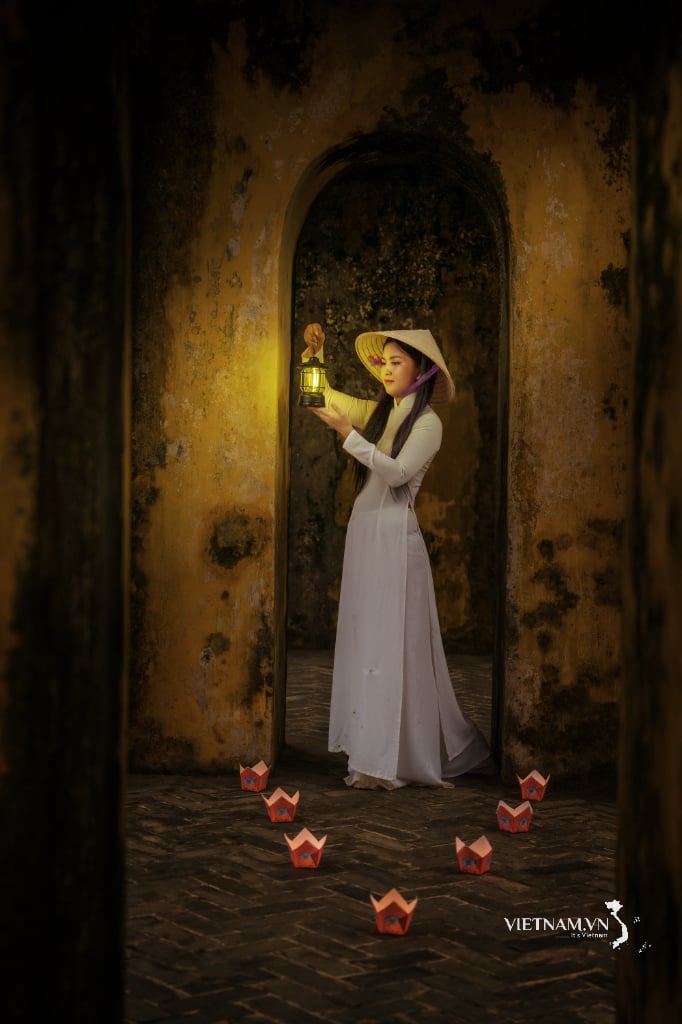



Comment (0)